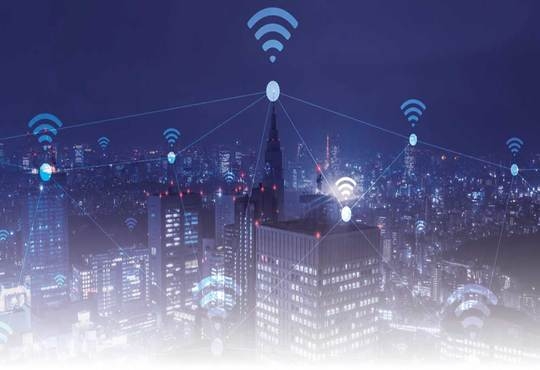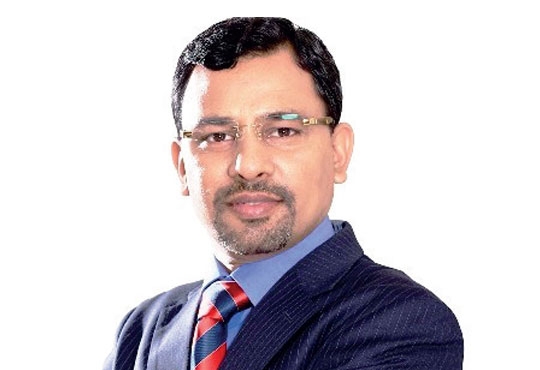
Edge computing: Restructuring the Network
CIO Review Team | Friday, 20 April 2018, 06:04 IST
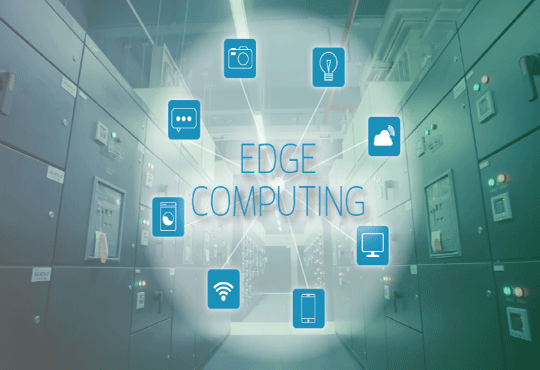 By the 2023 the global IoT market is expected to become worth $724.2 billion. With the increasing number of IoT devices, the need to process the data retrieved from these devices has become important, demanding a large bandwidth and low latency. Edge computing is making the whole process more efficient. With the Edge computing, there will be less transfer of data, and hence less bandwidth requirement. Edge computing is an evolution for the cloud and IoT devices. It is estimated that 5.6 billion government and enterprise IoT devices will connect via an edge computing model by 2020. Most of the industries have started using Edge computing in their businesses. Semiconductor and electronics manufacturers use IoT and edge computing to monitor chip quality throughout the manufacturing process. The Corporate facilities manager use edge computing to monitor the environment setting and manage the security of their buildings.
By the 2023 the global IoT market is expected to become worth $724.2 billion. With the increasing number of IoT devices, the need to process the data retrieved from these devices has become important, demanding a large bandwidth and low latency. Edge computing is making the whole process more efficient. With the Edge computing, there will be less transfer of data, and hence less bandwidth requirement. Edge computing is an evolution for the cloud and IoT devices. It is estimated that 5.6 billion government and enterprise IoT devices will connect via an edge computing model by 2020. Most of the industries have started using Edge computing in their businesses. Semiconductor and electronics manufacturers use IoT and edge computing to monitor chip quality throughout the manufacturing process. The Corporate facilities manager use edge computing to monitor the environment setting and manage the security of their buildings.
As the cloud computing is transforming to edge computing, to implement the 5G technology in the coming years, the mobile industry will be using edge computing to implement mobile edge computing (MEC). The MEC will enable computation-intensive and latency-critical applications at the resource-limited mobile devices. It also promises deduction in the latency and lower consumption of mobile battery which are the key challenges for implementing 5G.
“Edge computing is evidently where the future is headed, but enterprises don’t really have the type of infrastructure to handle the model that is being created,” says Greg Osuri, Founder and CEO of OvrClk. As the Edge computing is in its inception, it will be facing many challenges ahead. At present, no frameworks are built to facilitate the operations on the data received from user’s device. On the other hand, cloud computing frameworks such as AWS, Microsoft Azure and Google App can support data-intensive applications but in the edge computing, implementing of real time data processing is required at the edge of the networks. After the idea of edge computing came into play, there have been some concerns about diminishing of cloud computing. This remains to be seen because cloud is still used for storing large amount of data and edge nodes are used just for the processing of data locally. There might be some challenges with adoption of edge computing which might lead to a newer technology that is even better. But at the end all that matters is data and speed.
CIO Viewpoint
Artificial Intelligence & The Disruptive Chatbot
By Vishal Sinha, President & CIO, Tranzlease Holdings
IoT: Technology Trends to Watch Out for in 2021
By Sudeep Agrawal, AVP and Head IT, ReNew Power
Reskilling IT with IOT, Cloud & AI
By Uttam Kumar, Head - IT Innovations & New Technology, Aircel
CXO Insights
4 Must Have IT Security Skill sets To Counter...
By Sunil Sharma, Managing Director - Sales, India & SAARC, Sophos
How Low-Code Is Transforming The Future Of Work...
By Deepak Pargaonkar, VP - Solution Engineering, Salesforce
The Path To Managing Data As An Asset


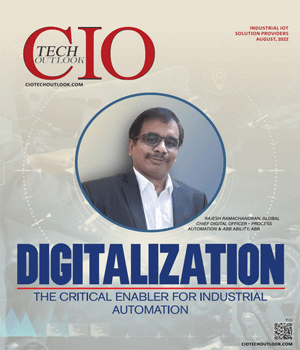
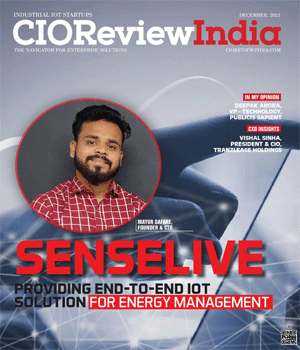
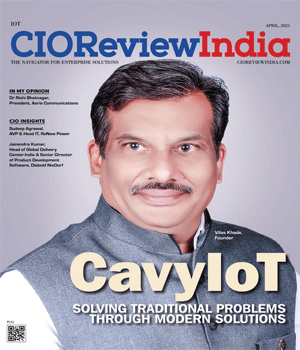
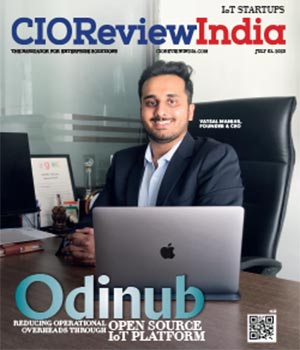
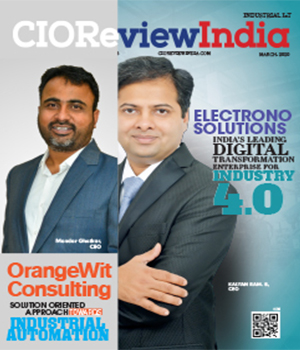

.jpg)
.jpg)
.jpg)
.jpg)
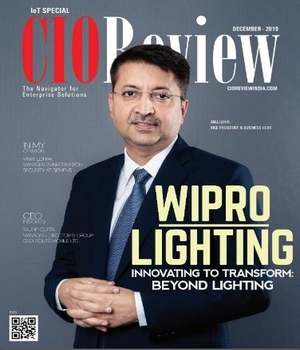
.jpg)
.jpg)

